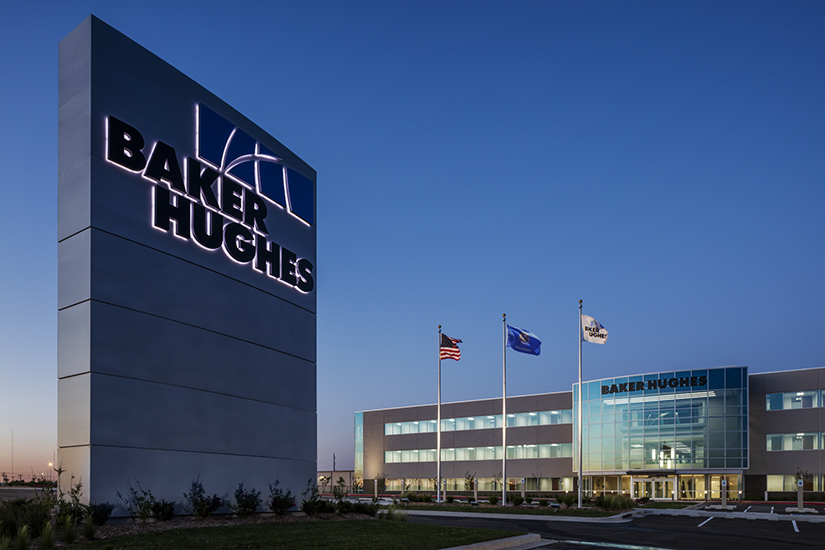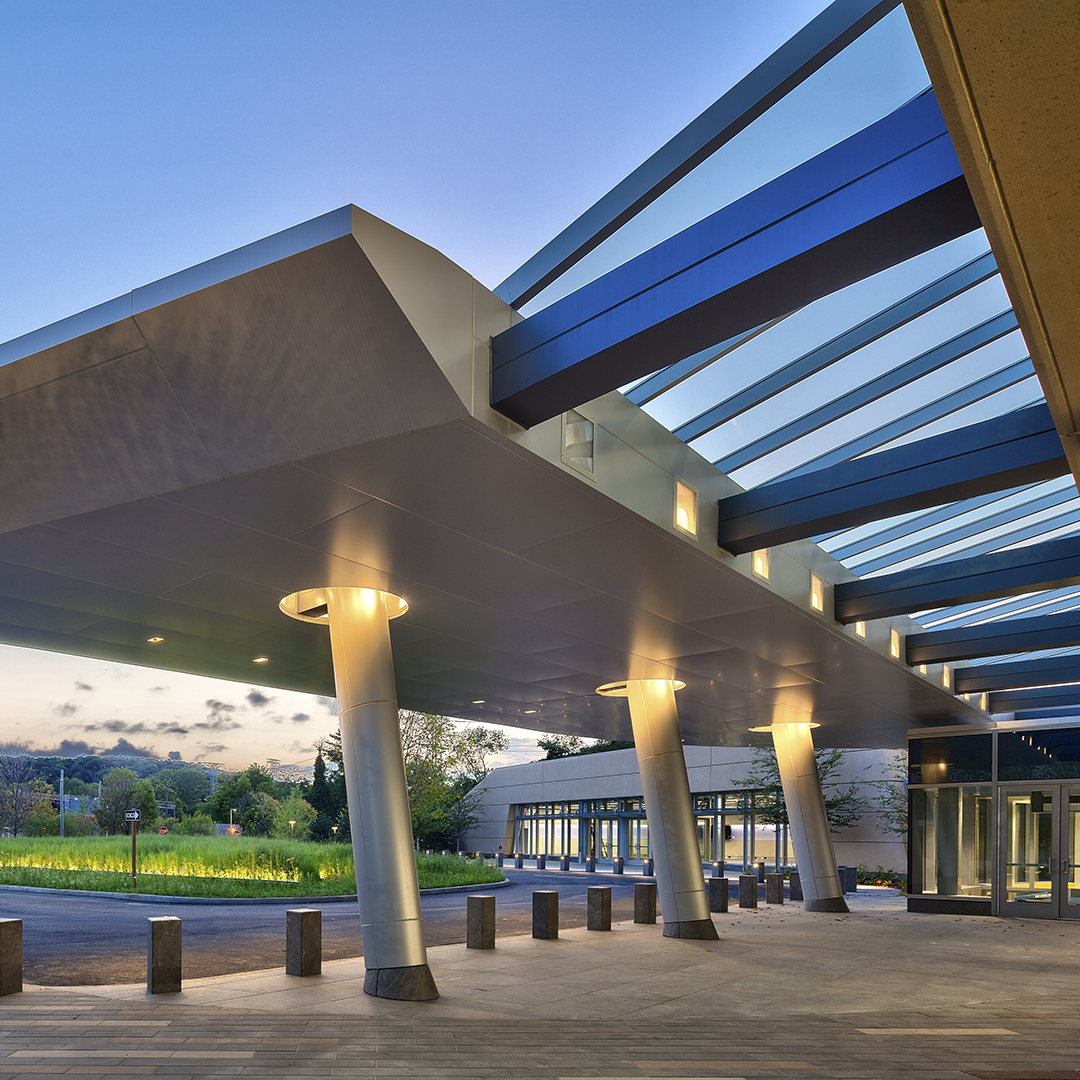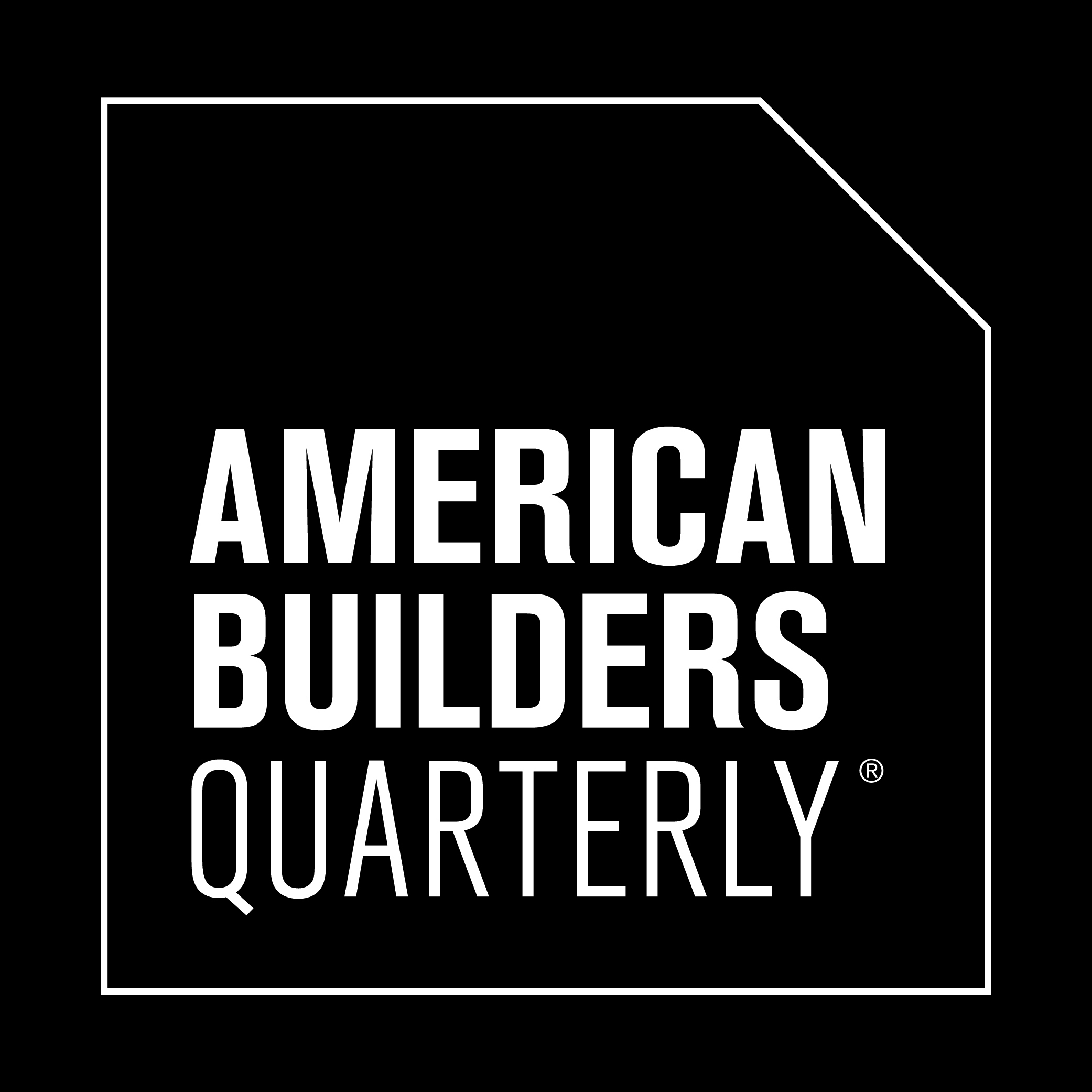|
Getting your Trinity Audio player ready...
|
“The three words that I absolutely cannot stand hearing are, ‘It’s just business.’”
Mark Seale doesn’t think the adage has any place in the creative community. “If you’re not taking your job personally, then why are you doing it?” Seale asks. The real estate project leader at Baker Hughes, one of the largest oil field services companies in the world, has solid grounds for his perspective.
“You have blood, sweat, and tears poured into these projects and these buildings, there are flights to North Dakota where I’m leaving the house at 4 a.m. to jump on a plane: these are all personal investments into the job,” Seale explains. “These projects can take 12, 14, or sometimes 18 months; that’s a commitment both for the company and for the people taking the time to do it: it is personal.”
Though his title may be “leader,” Seale is a born builder. While attending construction management classes at night, Seale spent days as a construction carpenter. He eventually wound up at Falcon Group Construction and Development for a dozen years where he says the bulk of his work was of the design-build format, a process that has continued to influence his career. “There was a time when we were still bidding open market projects with that ‘low-man-wins’ mentality, but that has never been my preferred method of construction.” It’s an outlook that would pay dividends in coming to Baker Hughes, where Seale and his team only use the design-build format.

Seale emphasizes the importance of cultivating a solid group of contractors to properly assemble a design team that can be called upon whenever a need for a new or upgraded facility is due. He explains that during traditional construction, each person from owner to architect to engineer is siloed to their own responsibilities, whereas in design-build, the process is far more collaborative. “You’ve got the contractor building with the team, I’m part of the team, the user group from the operations perspective is part of the team—we’re all responsible for the intent of what we wanted.”
Early on after he joined BH, Seale was in charge of overseeing real estate projects in North America, Latin America, and parts of western Africa. “There were only three or four of us in the whole company,” Seale says about working to address projects that encompassed nearly half the world. As business needs expanded and facility management staff hiring increased, Seale’s workload grew so much that he refocused to North America only, while two other project leaders took on the work formerly being done by Seale alone.
Over nearly 14 years at Baker Hughes, Seale had built literal millions of square footage. From 2010 to 2013, Seale estimates he did $300 million worth of construction, a Herculean undertaking by any measurement. “At that time, North Dakota had sort of turned into the very definition of a modern-day boomtown,” Seale says of the massive influx of oil and gas drilling in the region. Four facilities there alone cost around $25 million each.
Seale also oversaw construction of BH’s region center in Oklahoma City. The 72-acre site included 250,000 square feet of manufacturing space, 125,000 feet of operational shop space, and 90,000 feet of office space. The $85-million project was, as Seale prefers, a design-build project.

Whether the project is a mammoth undertaking like Oklahoma City or something much smaller, Seale’s leadership style remains fundamentally the same. “I’d call it collaborative authoritarianism,” Seale laughs. “I expect people that work with me to know what they’re doing and not need me to hold their hands, but at some points someone has to make those hard decisions.” Seale doesn’t shy away from that role, but says when things are running smooth, especially on the facilities management, then his oversight may be a simple check-in for the latest news.
While the latest news is imperative, Seale says “the latest” in technology has a habit of inhibiting what he considers the fundamental principles of being a builder. “I think one of the biggest things that people sometimes misunderstand is that you can’t do the job of a real estate or construction project manager by sitting at a desk,” Seale explains. “I don’t really have any interest in only downloading a hundred photographs of a location, a drone video flying over the site, and having a Skype meeting to discuss it.” While Seale says there are great technologies that help promote better and smarter building, the fact remains that the real estate managers at Baker Hughes all retain the same approach. “We’re boots-on-the-ground people,” Seale says.
Currently, Seale says Baker Hughes is in the process of reorganizing its real estate group after its merger with GE Oil and Gas. That exponential growth of portfolio requires a shift away from an all-in-one-per-point-of-contact to an organization tied to a regionally based strategic portfolio management group and a regional project management group. “In order to accommodate this growth, we’ll employ managers to oversee the various regions, and while it may be trying to make that adjustment from a legacy perspective, we’re having meetings now to figure out just what this is going to look like and how to get through those transition pains.”
While Seale may not take those growing pains personally, he says he’ll continue to approach the rest of his job with just as much passion as he always has. “I feel good about my own personal investment here and what I provide the company, and to develop facilities I can be proud of building,” Seale says, as he is intimately involved in the entire process from initial operational need to completing the facility utilizing the design-build method. “If you’re on the creative side of any endeavor, you’re going to commit your time and self to that endeavor, and you’ve got to take that commitment personally.”


